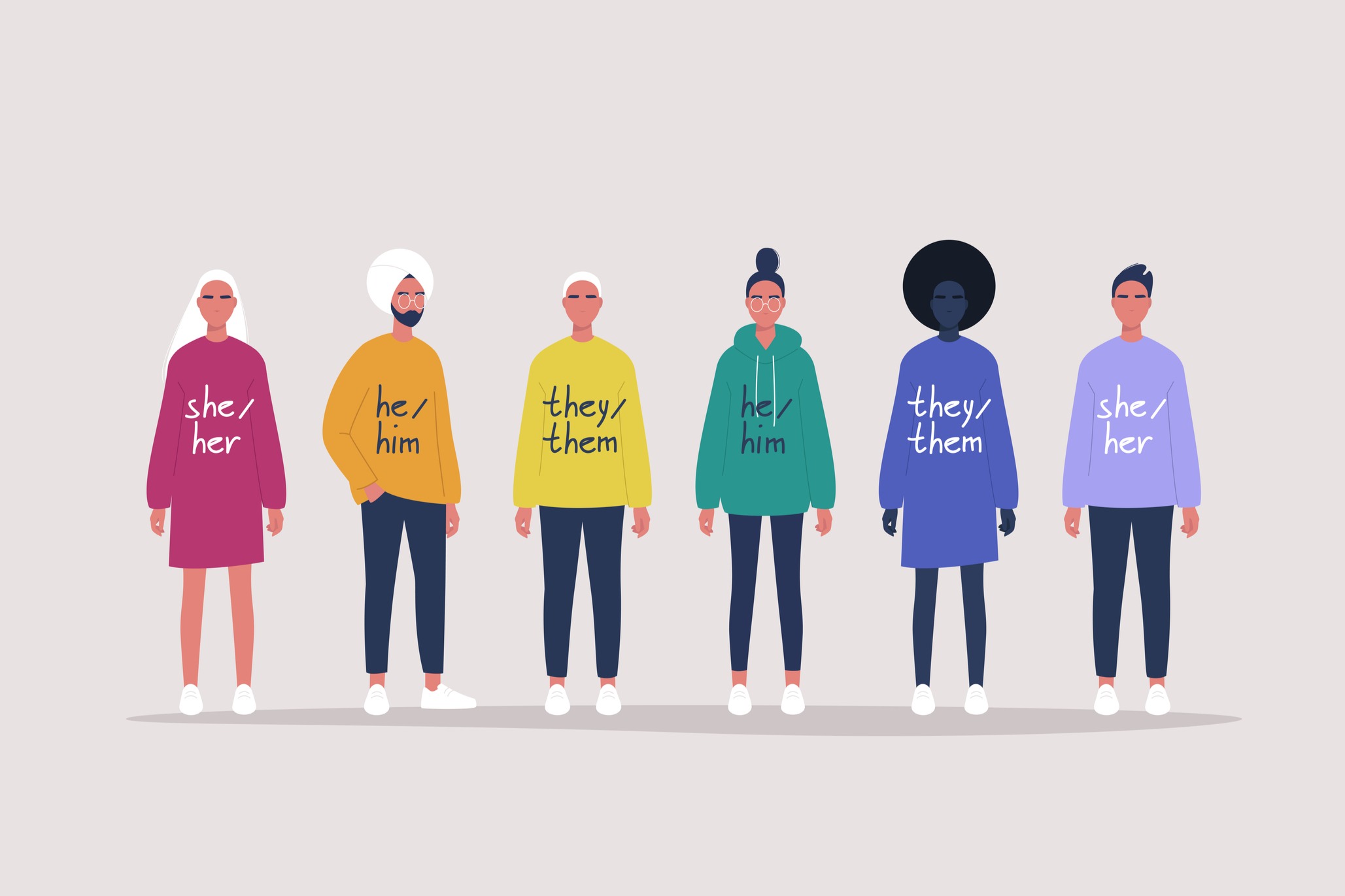
In the most recent C&U Journal, author Dot Brauer, former director of the University of Vermont’s LGBTQA Center, shares recent research revealing how everyday processes and practices can complicate efforts to support transgender students’ use of self-identified names and pronouns in higher education.
Brauer’s study, which used institutional ethnography (IE), a method that specifically focuses on the managerial and communication processes within the organization, highlights the continued need for improvement, even at institutions, like the University of Vermont, that are considered leaders in implementing practices that support transgender students’ use of self-identified names and pronouns.
Using mapping, Brauer’s study tracked students’ first contact with the university, continuing through the day they move in to a residence hall and attend their first day of classes. “In each of the seven steps outlined in the map, the markers of a student’s gender identity (their self-identified name and pronoun and/or gender label) are variously requested, accommodated, represented, expressed, witnessed, affirmed, and comprehended—or not,” Brauer wrote. “Each social and administrative interaction plays a part in constructing how a student and how others perceive their gender. As they progress through the seven steps, each new student’s gender identity emerges from these everyday relations.”
Brauer outlines the steps taken at UVM to avoid “erroneous assumptions/binary gender ruling relations”: “Ruling relations refers to underlying perspectives, values, and assumptions that operate at the sociocultural level, imposing undetected influences on the seemingly ‘logical’ ways in which everyday work activities are undertaken,” Brauer notes.
Brauer also provides suggestions for further research. “Additional research is needed regarding how the gendered workings of higher education must be changed in order to correct the current misalignment among existing systems, common practices, and the needs of trans students,” Brauer stated.
Other articles in this issue include: “Unseen Differences: Cultural Diversity among Hispanic and Latino Students” by Claudia Rodriguez, Jesse Parrish, and Rodney Parks, as well as several Forum pieces on topics including: mapping curricula, performance-based funding, mentorship, dual enrollment, and advisor outreach and priority registration. Read more in the current issue of C&U.